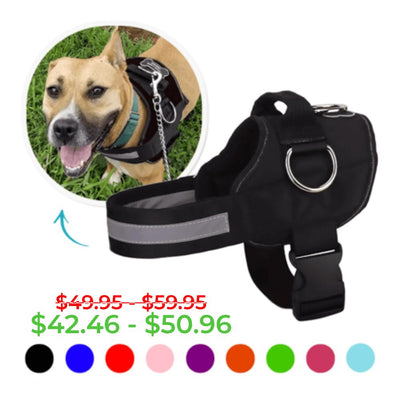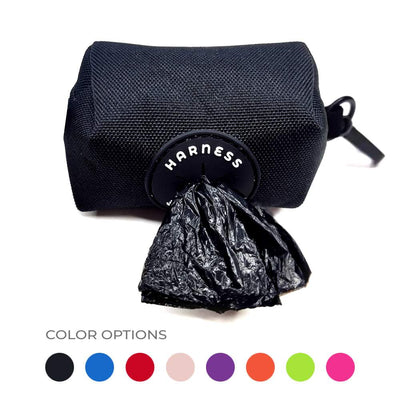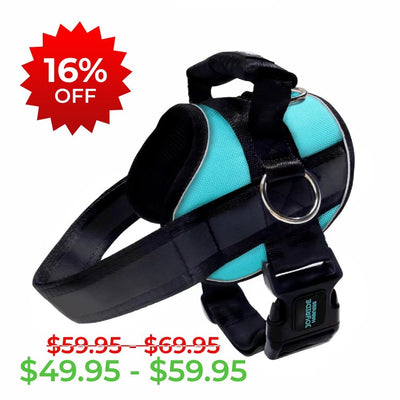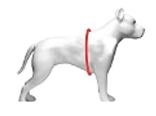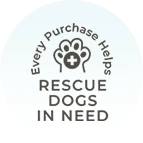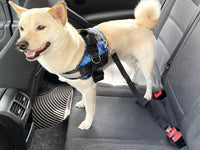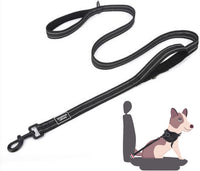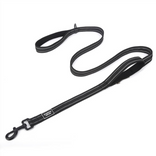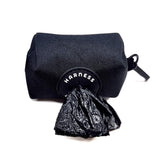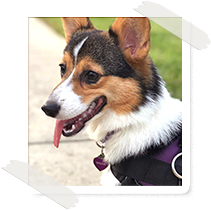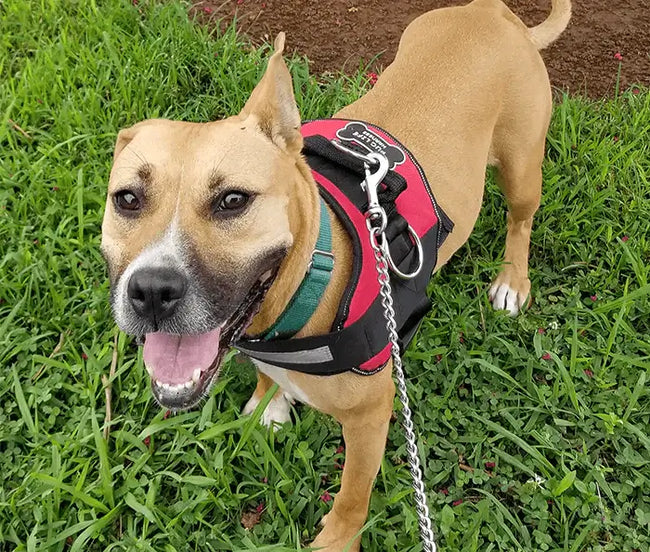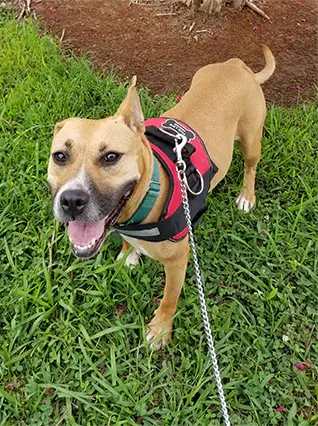Dog Training: Why Positive Reinforcement is Better Than Alpha Dog Methods
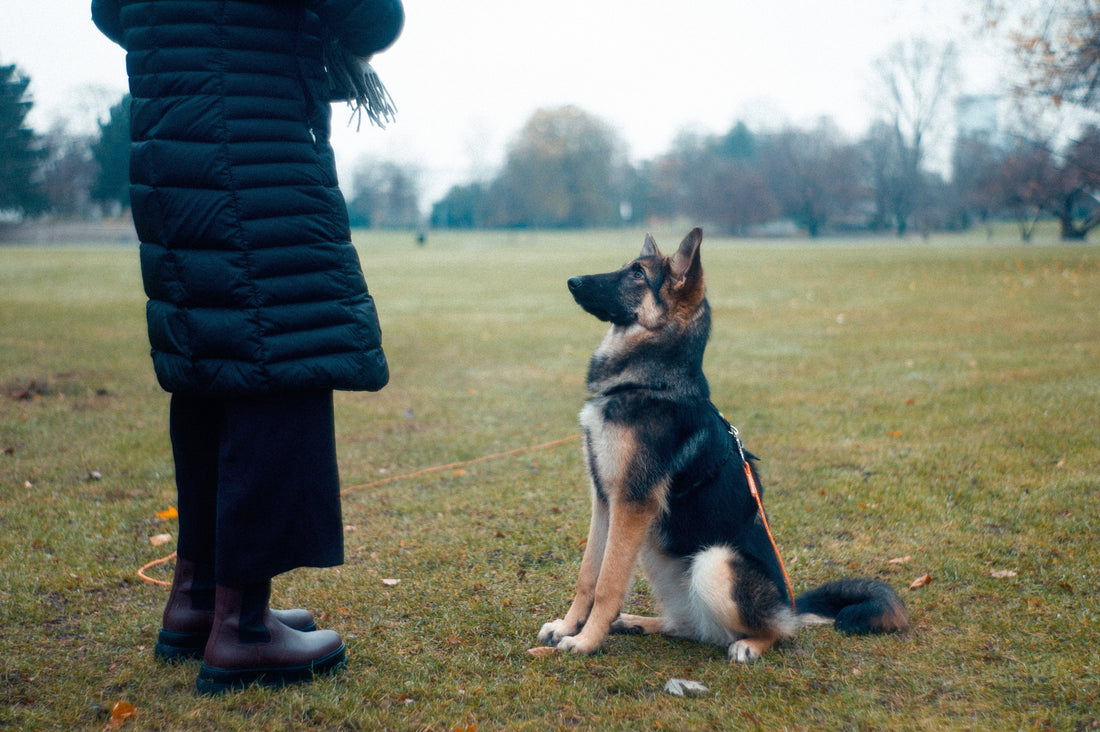
There has been no shortage over the past several years of hype over different types of dog training. From shows like Dog Whisperer to Canine Intervention, there are tons of shows, methods, and schools that promise the secret to a well-behaved pup.
And it makes sense! We all want our fur baby to be a good family member (and maybe stop chewing on the corners of furniture). At the more extreme end, there are instances where our beloved pooch can become a danger to themselves and others.
When there are so many seemingly conflicting ways to go about teaching our pups good behavior, it can seem overwhelming. So which is the best way to go?
The History of Alpha Training
Dogs have worked alongside humans for over 20,000 years. That’s a long time to develop a relationship!
In the earliest days of this partnership, dogs were seen as being more functional. They were used to guard, herd, hunt, and so on. They weren’t seen in the same family-member-status fur baby way we see them today.
Because they were animals, and it was commonly believed early on that animals didn’t even experience physical pain, dogs were trained using sometimes severe punishment and fear-based approaches.
As time went on, scientists became more curious about our furry companions, but it wasn’t until the 1900s that the idea of canine psychology began to develop. From that point, research experiments developed what became known as “operant conditioning.”
Much of dog training today is based on operant conditioning, and it can be broken down into four categories:
-
Positive reinforcement: Giving your dog something good when they do something good (for example your pup sits and gets a treat)
-
Negative reinforcement: Taking away something bad when your dog does something good (for example you get to the dog park, your pup stops jumping and sits, then you take off the leash)
-
Positive punishment: Giving your dog something bad when they do something bad (for example yelling at them if they jump up on a guest)
- Negative punishment: Taking away something good when your dog does something bad (for example taking away their toy if they snap at another pet)
All of these methods are with the hope that good behaviors will happen more often and bad behaviors will happen less.
Alpha Leader Training
Alpha Leader training, or dominance training, is based on the idea that dogs, like their wolf ancestors, need a strong leader to look to. You, as that leader, establish the boundaries of what is and isn’t acceptable behavior in and out of the house.
There are different types of alpha leader training, some are much more rigid than others, but the basic idea is that you are the leader and your dog is the follower. It’s based on the thinking that dogs, like their wolf ancestors, need an alpha leader to show them boundaries in and out of the home.
Historically Alpha Leader training has been the most popular, and you’ve probably heard terms like “pack leader” and “calm submissive state” before.
Some of the tools generally used in Alpha Leader Training are:
- Prong or choke collars
- Shock collars
- Invisible fence collars
- Shaker cans (usually soda cans filled with pennies or rocks)
- Spray bottles
Some of the techniques used in this training are:
- Physical correction like leash popping or hitting
- Alpha rolls or dominance downs
- Yelling
- Confrontational staring or threatening body language
- Holding a dog’s mouth closed
- Poking or simulating a “mother’s bite” with fingers
The Trouble with Dominance-Based Training
As we said before, alpha leader training is based on the idea that dogs need an alpha leader like their wolf ancestors. There’s only one problem with that. Our understanding of wolf packs has been wrong this whole time.
In 1947 a paper was released that explained a wolf pack structure as the “alpha” being the strongest, and wolves would fight for the position. This came from studies of captive wolves which led to the cultural belief that wolves, and therefore dogs, naturally functioned under this group dynamic.
As it turns out adult wolf strangers forced to live together under stressful circumstances don’t behave like wolves in the wild would. It was found later that what was thought to be the ‘alpha’ wolves of wild wolf packs were just the mothers and fathers of family groups.
Alpha Leader training uses tools that suppress unwanted behavior but don’t necessarily make it go away. A dog might stop pulling on the leash while it’s wearing a prong collar because they know the pulling is unpleasant… while the prong collar is on.
Because this type of training relies on giving your pup bad experiences and unwanted punishments, there are a lot of consequences that can start to happen.
The use of what are called aversive tools, or tools to make dogs dislike a behavior, or punishment techniques is to create a negative association. They do an action and something bad happens, so they associate the action with the bad experience.

What can happen, though, is they can start to have negative associations that are unintended. For example, if a dog is wearing an anti-bark collar and they barked when they saw a dog passing the yard, they might associate the unpleasant shock with their barking or with the other dog having passed the yard. There’s no way to know what your pup could be associating the punishment with.
These unpleasant methods can also put your pup in harm’s way. At the least, there may be other ways to train your dog to not jump on guests that don’t hurt or stress them out. At the worst it will cause a possibly dangerous reaction.
If a dog is nervous and reacts in the way a dog normally would, by growling, and is then rolled onto their back, for example, they’ll become even more anxious. This can lead to either them biting and getting away, reinforcing aggressive behavior, or suppressing their natural and appropriate warning signal which could lead to seemingly ‘biting out of nowhere.’
At the end of the day, it could also be putting your fur baby through unpleasant experiences when there are other options available.
Why Choose Positive Reinforcement Training
Despite the fact that there has long been a debate of which training method produces more results, more studies have been coming out that show positive reinforcement training is faster and more effective.
Showing your pup what behavior it is you want and rewarding it helps them learn and keeps them interested. When a dog is having fun they’ll want to train more! Wouldn’t you?
Training methods such as clicker training, where a clicking tool is used to signal when a dog has done the right thing and gets a reward, have become much more popular and are commonly used for dogs that are highly trained and skilled.
And positive reinforcement training doesn’t mean that bad behaviors aren’t addressed. As we looked at in the four operant conditioning methods above, negative reinforcement falls into this category as well. Remember, that’s when you remove something your dog may not like once they behave, such as a leash at the dog park.
Positive reinforcement training helps to create a much bigger bond between you and your fur baby, and they will trust and feel safe around you. Plus, good behavior shouldn’t just be when your pooch is wearing a certain collar or near enough to get spritzed.
The idea behind training is that they actually learn what you want. They’ll learn what you want by showing them what to do, not what not to do.
Being on the right path to training also means having the right dog gear that can help both you and your fur baby perform your best! Check out all of the safe, durable, and easy-to-use harness and leash options at Joyride Harness Shop.
This is just a sampling of tips and informational posts we offer at Joyride Harness. You can find more content including tips and tricks and how-tos for caring for your dog on our blog in this section.
For more doggie photos and pup-related fun, follow us on Instagram at @joyrideharness. And for a more detailed blog post about finding the best size dog harness for your pup, check out this blog post!


